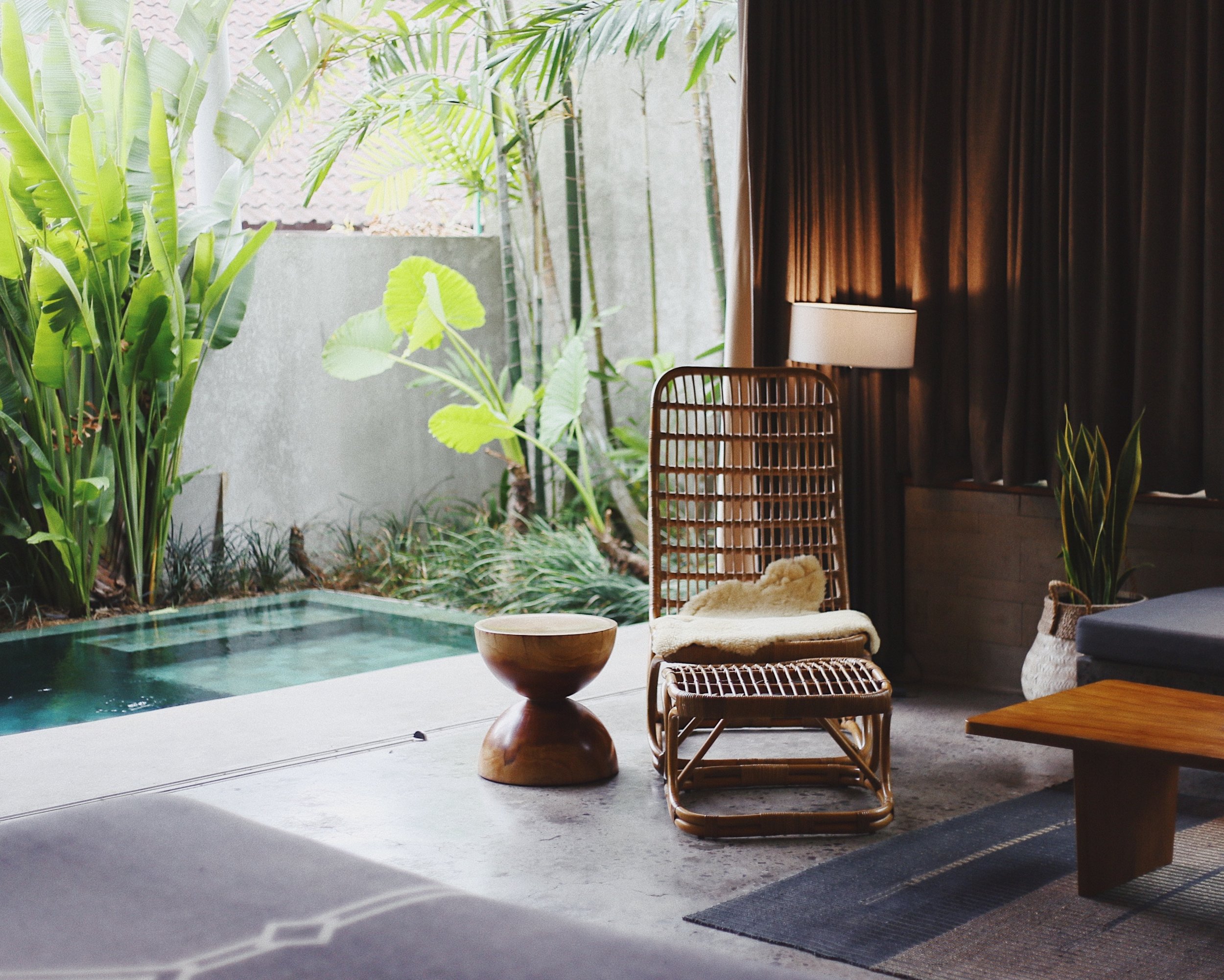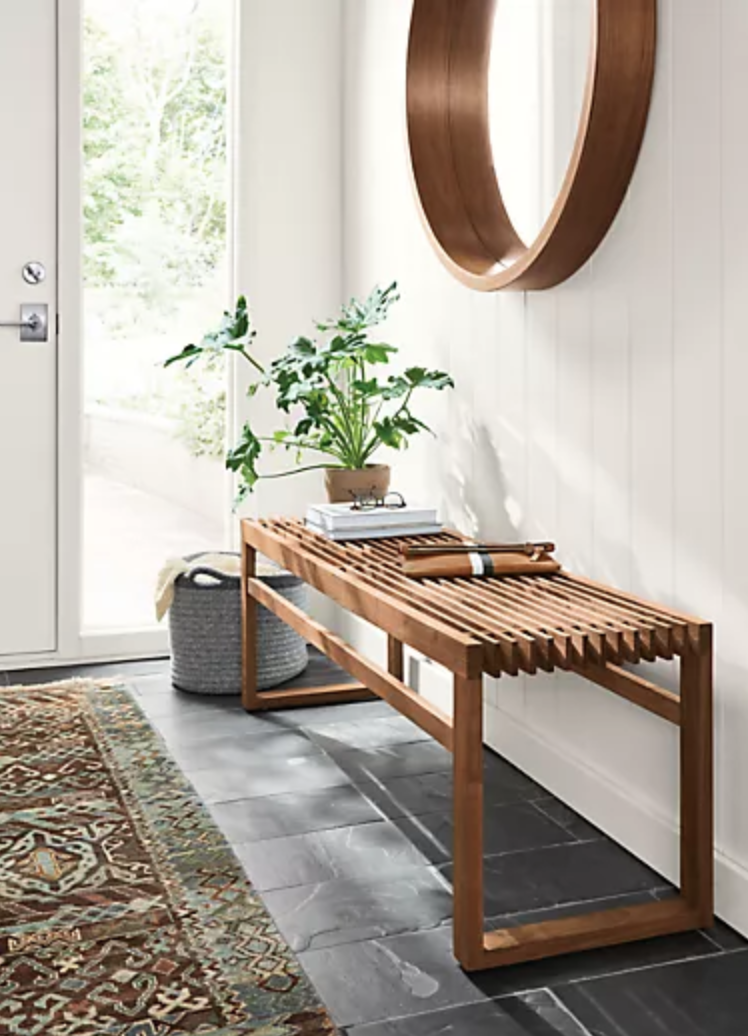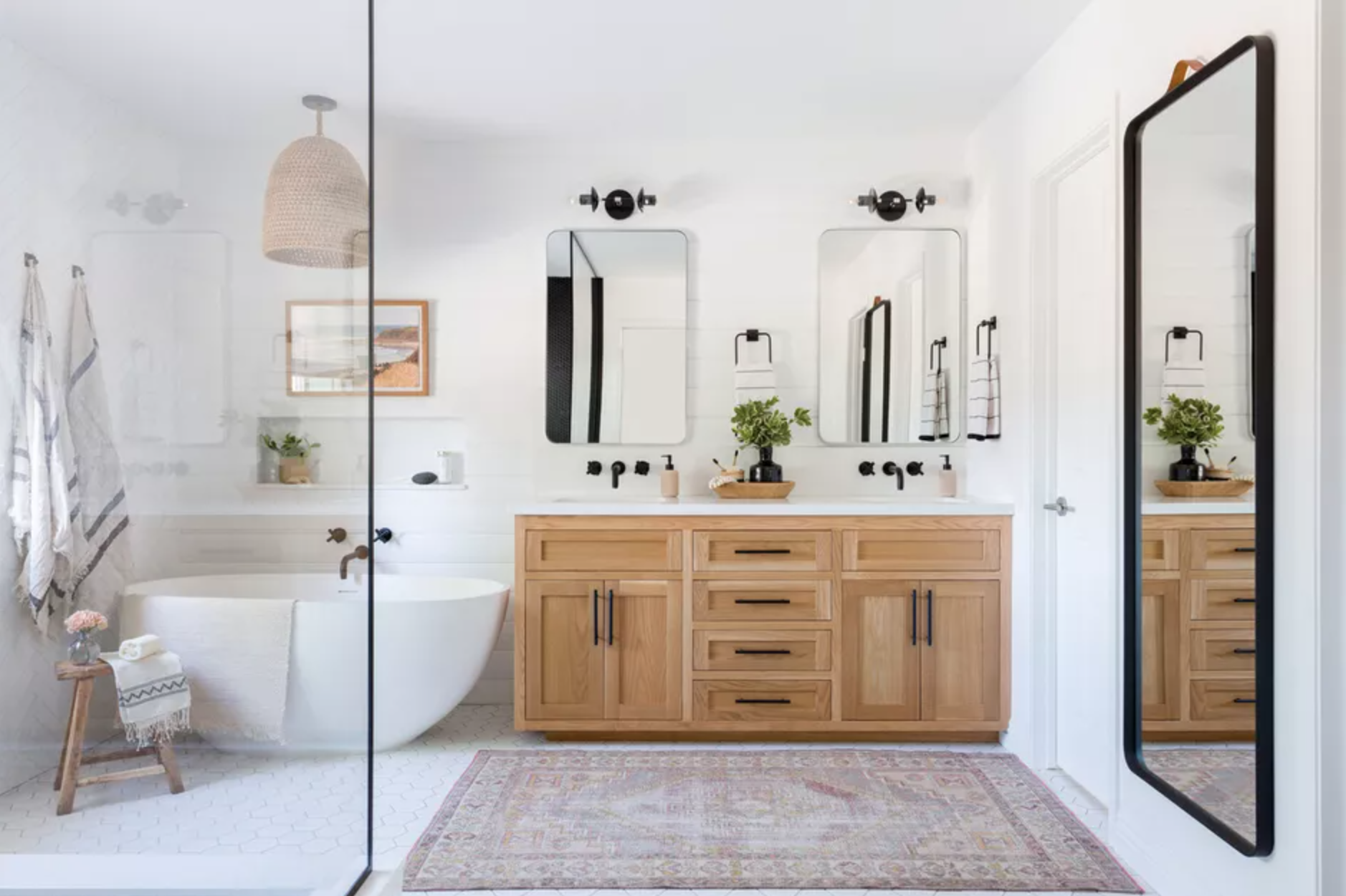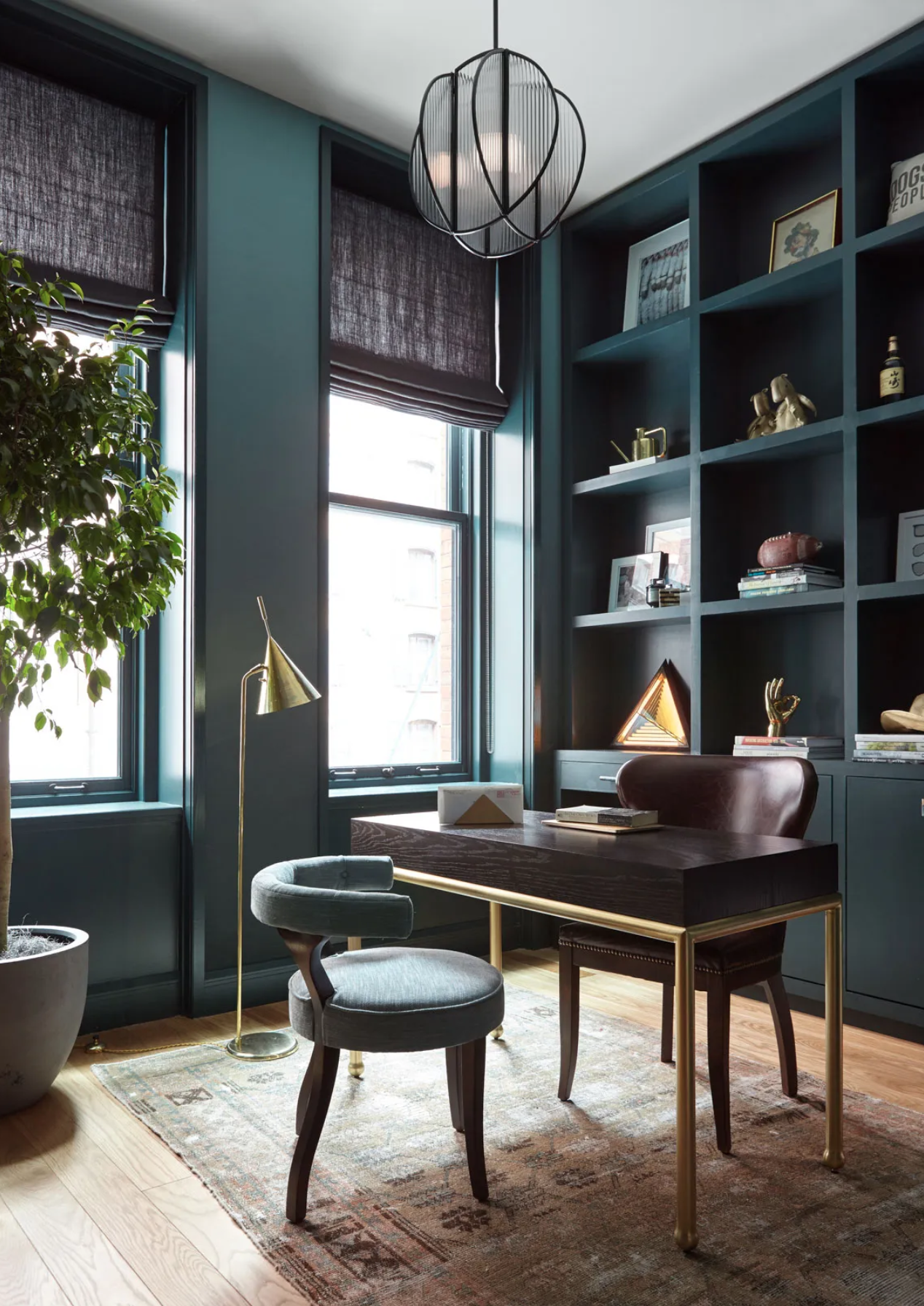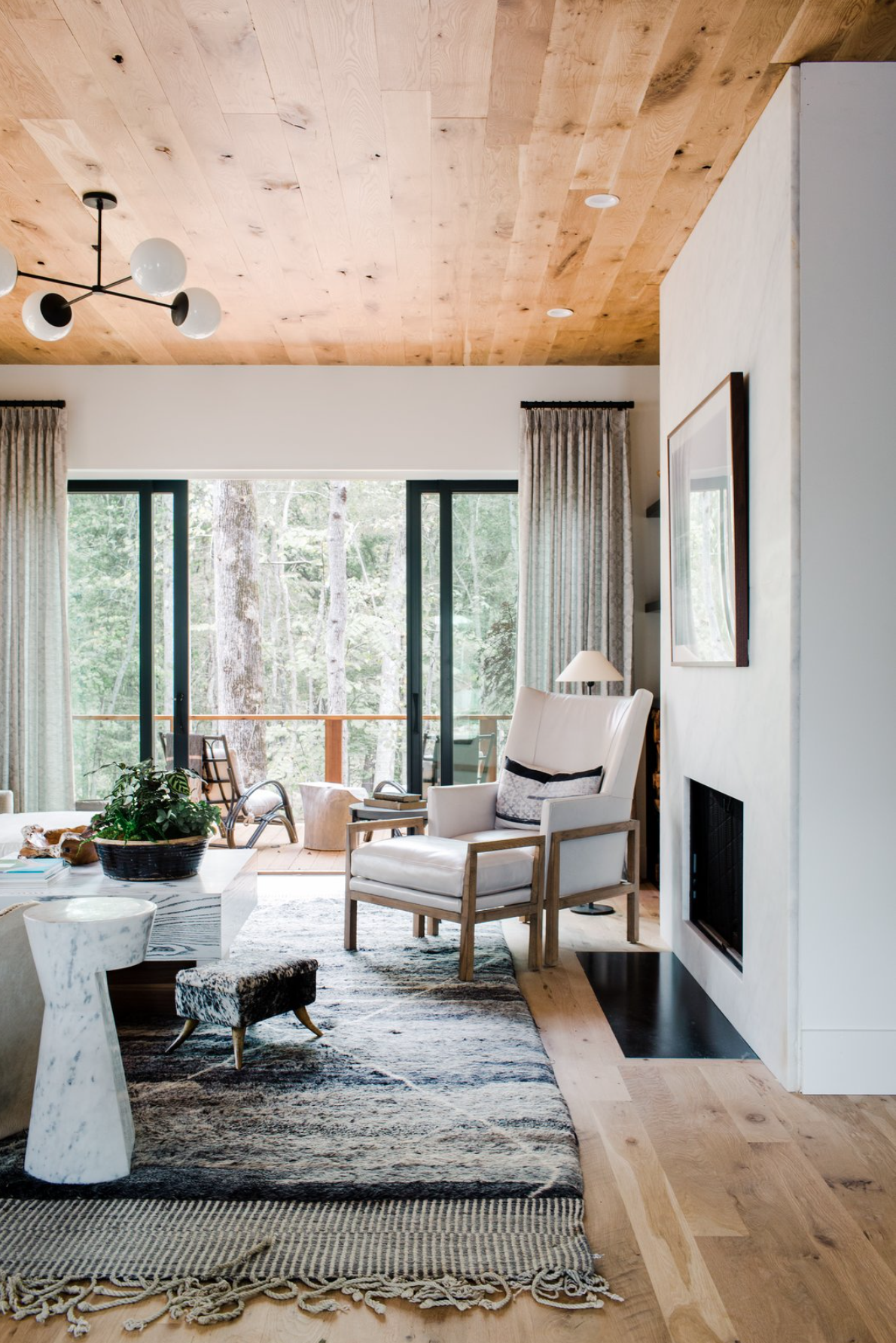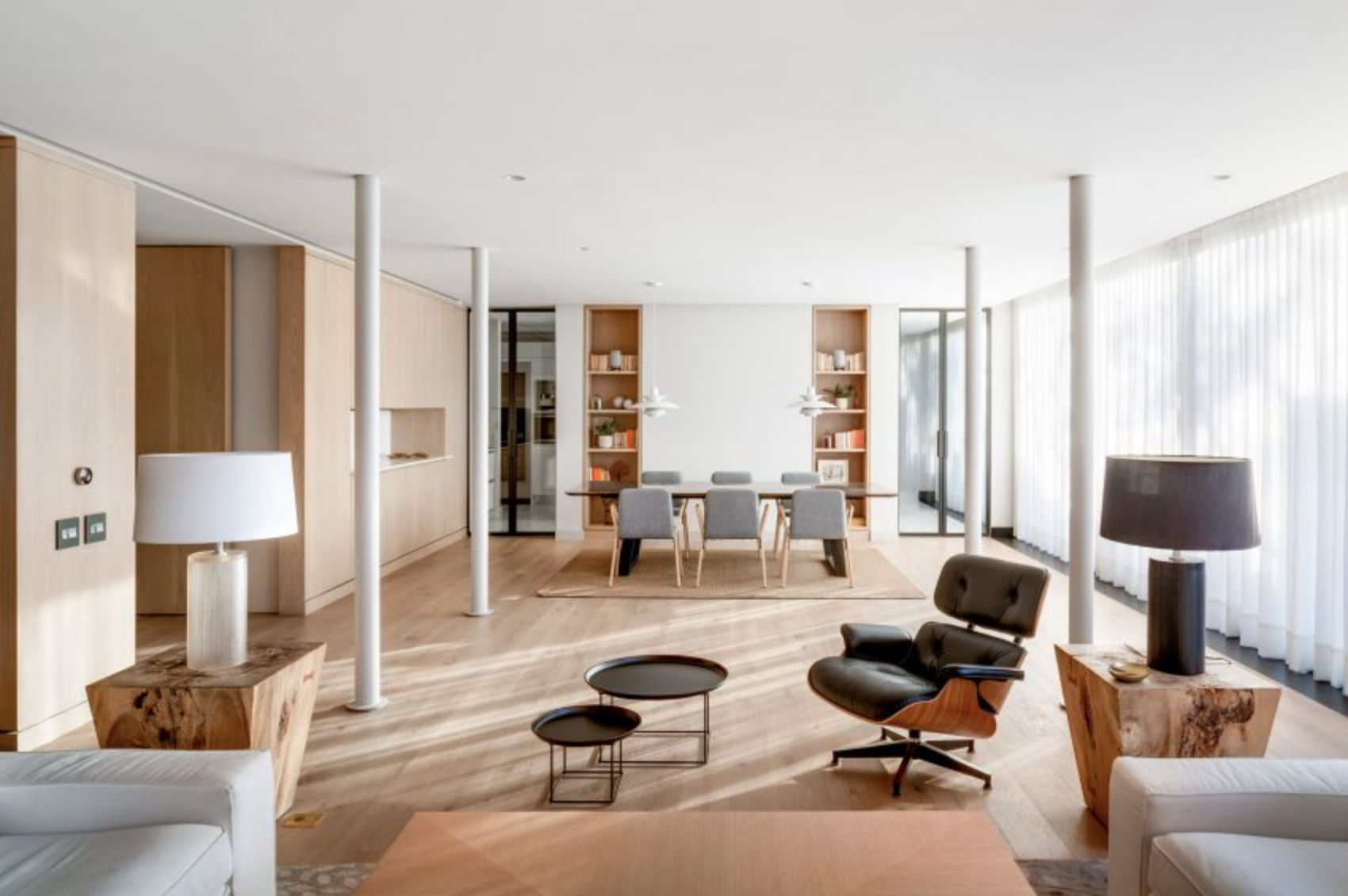9 Ways to Design Your Home With Wellness In Mind
Research has shown that your home has a significant impact on your mental and physical well-being. Everything from indoor air quality, water quality, chemical exposure, lighting, and design has an effect. (NCBI)
If you’re concerned about how your home affects your wellness – whether you're planning a new build or redesigning an existing space – we have advice that can help.
Read more to learn how to design your home to promote mental and physical wellness.
Unsplash
What Is Wellness Home Design?
First, it’s good to cover the basics. What is wellness is design exactly? And how does interior design affect wellness?
A trend that has been growing in recent years, wellness architecture and design aim to integrate and promote healthy living into new and existing homes. The International WELL Building Institute explains: "All the elements that surround us indoors — air quality, water quality, lighting, thermal, acoustics, biophilic elements... [have] a direct impact on our respiratory, cardiovascular, immune, cognitive, digestive, and sleep health outcomes."
The bottom line? All the components of your home, big and small, have an effect on your mental and physical health.
Below we’ll cover many ways you can design your home with wellness in mind.
Invest in Clean Air
Breathing clean air is very important to our health. The EPA has estimated that the air indoors is roughly 2-5 times more polluted than the air outside.
To help improve the air quality in your home install plenty of windows that you can open throughout your home to let fresh air in.
Or if you live in a city with poor air quality, you can invest in an air-purifying system for your home. There are whole-house air filtration systems or portable air room purifier options available.
You’ll want to prioritize having good air quality especially in the rooms that you spend the most time in, like bedrooms and living areas.
Also, don’t forget to think about how flooring impacts the air quality in your home. Hardwood, wood alternatives, or tile floors are the best options, as opposed to carpet. They’re easier to clean and they don’t trap pollutants. Also, most carpets are made with harsh chemicals that get released into your home with use.
Good Housekeeping
Choose Color Carefully
The color palette of a room and especially wall color has a strong impact on the room and how it makes you feel.
In general, lighter colors usually make rooms feel brighter and larger, while darker colors can make rooms feel more intimate. Warmer colors like reds, orange, and yellows tend to have more energizing effects while cooler hues like blues, greens, and purples tend to be more relaxing.
So when selecting colors, consider the purpose of the room and what feelings you want it to promote.
For greater detail on this subject, read more about color psychology and how different room colors affect your mood.
Room & Board
Create Entry Way Seating
If you have the space, consider designing entryway seating or a mudroom.
People can unknowingly track pollutants and dirt throughout your home on their shoes. To prevent this from happening, create welcoming entryway seating or a mudroom to encourage people to remove their shoes when they enter the house.
The Spruce
Consider Bathroom Design
When designing bathrooms in your home it’s a good opportunity to think of wellness. Make sure to select nonslip surfaces and avoid design elements that can be trip hazards.
It’s also a good opportunity to create a zen space to practice self-care. Whether you like to take a soothing bath or shower - think about ways you can make the space more relaxing, like with color palette choice, lighting, and decorative accents. Items like candles and bath accessories can help set the tone for the room.
Architectural Digest
Think About Home Office Design
If you work from home part or full time, you’ll want to make sure your home office is designed with wellness in mind too.
Sitting for long periods of time, especially with poor posture, is bad for your body. To counteract this you can incorporate a standing desk.
If a standing desk isn’t for you, at least make sure you invest in ergonomic office equipment to ensure your workstation is set up so you can work comfortably.
Think about desk height, your office chair, keyboard, mouse, desktop or monitor, and lighting. All these elements should be carefully considered so your office is not only designed for productivity but also your well-being.
Install a Water Filtration and Purification System
Drinking good quality water is also key for your health. To ensure you have clean water throughout your home install a water filtration or purification system. It’s not only important in your kitchen for drinking water, but also for the sinks and showers throughout your home because your skin absorbs pollutants in water.
You’ll also want to make easy access to drinking water, to encourage your household to drink water over sodas and sugary drinks.
Hege Morris
Optimize Light For Your Health
It’s easy to overlook, but light has an important impact on your health and wellness. It affects your circadian rhythm and natural light has been proven to improve your mood.
Install the largest windows and/or skylights in the rooms you use most during the day and arrange furniture to take advantage of the natural light that comes in.
To go a step further, you can install smart, adjustable color temperature light bulbs throughout your home. These bulbs can be put on timers depending on your schedule and adjusted to emit light colors to support your circadian rhythm. For example, you want them to emit the brightest light in the morning and during the day when you need to be the most alert and productive and then warmer low-level light during the evening to help you wind down for bed.
Overall smart, color temperature adjusting lights can help improve energy, mood, and productivity.
Dwell
Bring Nature Indoors
Access to nature has also been shown to have a calming effect and can improve your overall wellbeing. Think about ways you can design your home to increase your access to nature.
You can plan windows to optimize views - whether you have nature at your doorstep or beautiful landscaping or gardening you’d like to look at.
If you don’t have access to a view, think about incorporating artwork that includes nature, like landscapes, seascapes, or abstract pieces inspired by the natural world.
Introduce greenery and plants throughout your home decor. Not only are they pleasant and calming to look at, but they help remove toxins and germs from the air. Country Living has a list of the best air-purifying plants to consider.
Also, bring in natural elements into your home design - like wood, stone, cotton and other natural materials can help you feel more connected to nature.
Dezeen

